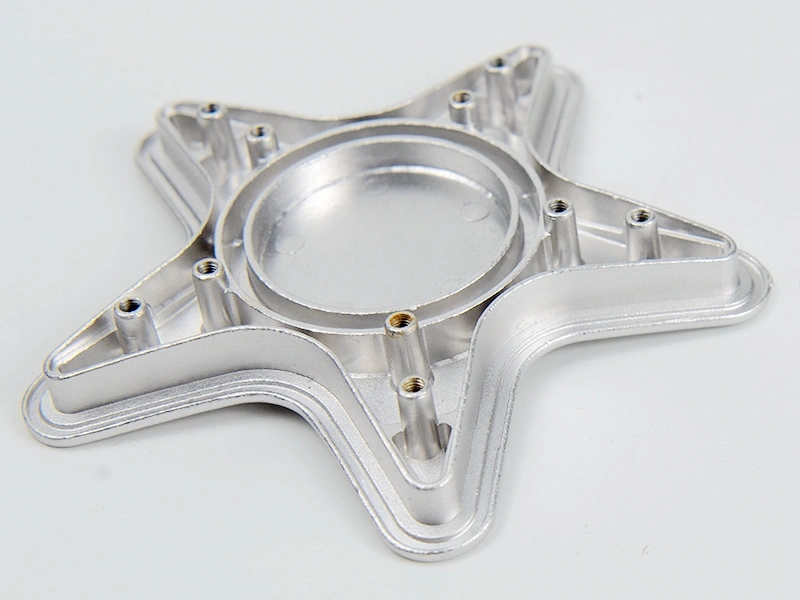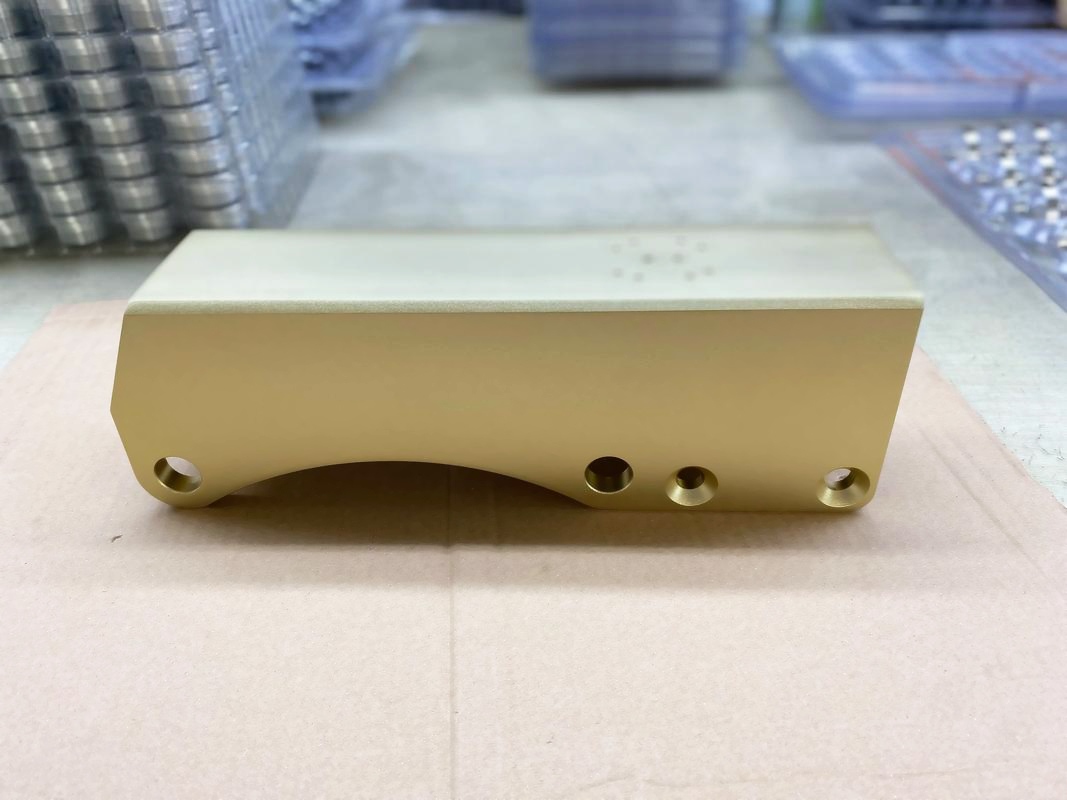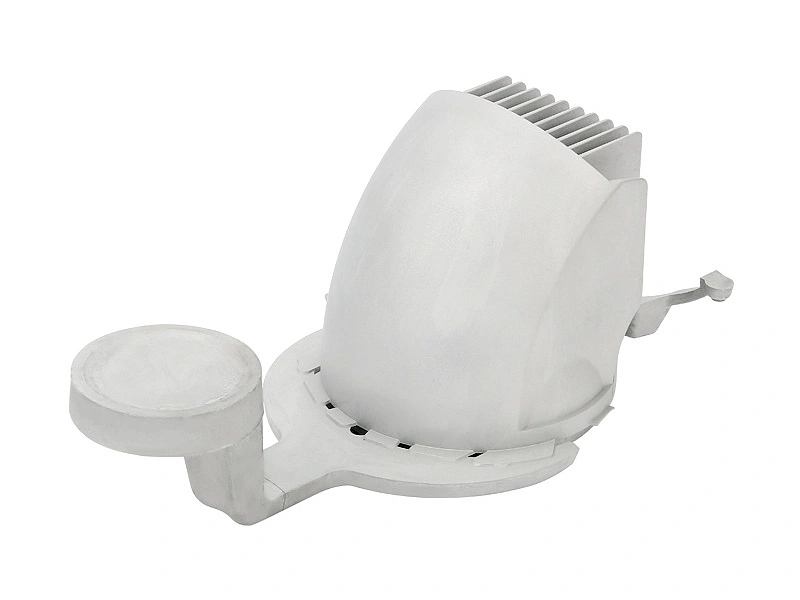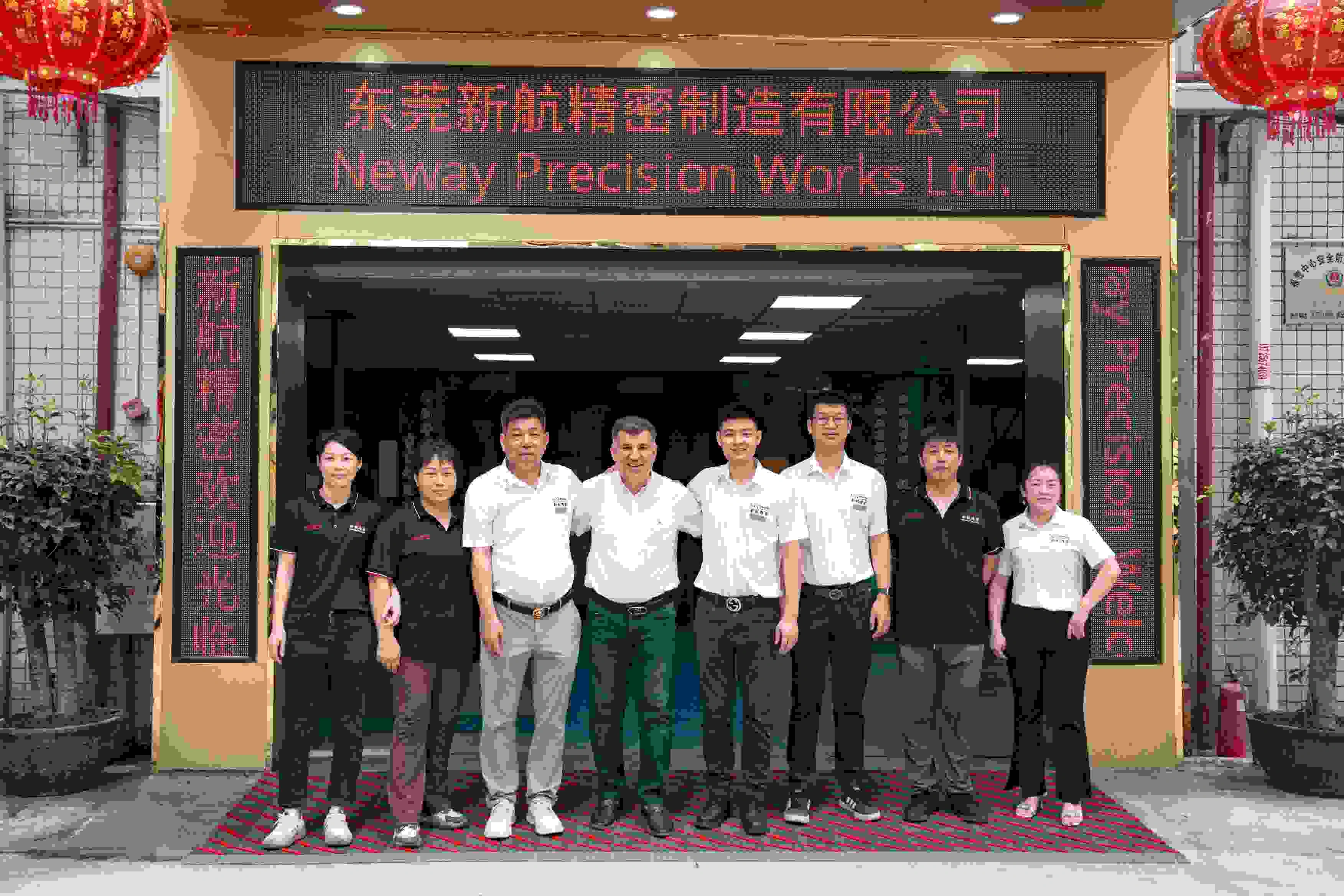How are aerospace castings tested for porosity and strength?
How Are Aerospace Castings Tested for Porosity and Strength?
Non-Destructive Testing (NDT) for Porosity Detection
Aerospace castings are rigorously inspected for internal porosity using non-destructive testing (NDT) methods to ensure structural integrity without compromising the part. Common techniques include:
1. X-Ray Radiographic Inspection
X-ray inspection is the industry standard for identifying internal voids, shrinkage cavities, and gas porosity in aluminum castings such as A356 and AlSi10Mg. This technique provides a real-time image of internal structures and is essential for meeting standards like MIL-STD-2175 and AMS-2175.
2. Computed Tomography (CT) Scanning
For highly complex parts, especially those produced with AlZn10Si8Mg, CT scanning offers a 3D reconstruction that can quantify porosity volume, distribution, and criticality, ideal for validating high-reliability components like airframe control housings.
3. Dye Penetrant Inspection (DPI)
Used primarily for surface-connected porosity or cracks, dye penetrant inspection is performed after post-machining and surface treatments. It highlights flaws that breach the casting surface—especially critical for sealing interfaces or pressure-tight components.
Destructive Testing for Mechanical Strength
To verify mechanical strength, aerospace castings undergo destructive tests using standardized samples cast alongside production parts:
1. Tensile Testing
Tensile bars cast from the same heat batch are pulled to failure under ASTM B557 protocols to determine tensile strength, yield strength, and elongation. For example, heat-treated A356-T6 can reach tensile strengths of 275 MPa.
2. Hardness Testing
Brinell or Rockwell hardness testing evaluates the surface resistance of castings and heat-treated zones. This is especially important for wear-sensitive aerospace components and post-machined assemblies.
3. Fracture Toughness and Fatigue Testing
In high-load applications, fatigue and fracture mechanics testing simulates cyclic stresses over time, helping assess crack propagation resistance. These tests validate parts like brackets or gear housings for airframe use.
Certification and Traceability
To meet AS9100 and MIL-STD compliance, each test result is documented, and every part is traceable to its material batch, heat treatment, and inspection record. Quality assurance teams use CMM and digital inspection systems to verify dimensional and material consistency.
Recommended Services for Aerospace Casting Quality Assurance
To ensure your aerospace castings meet the highest standards for porosity control and mechanical performance, Neway offers:
Tool and Die Making: Precision molds to reduce casting defects and porosity formation.
Post-Machining Services: Achieve critical surface finishes and dimensions for structural aerospace parts.
Advanced Testing & Inspection: Full NDT and destructive testing solutions with complete documentation and traceability.
Our integrated casting and inspection process ensures every aerospace part meets strict strength and integrity benchmarks required for flight-critical operations.



